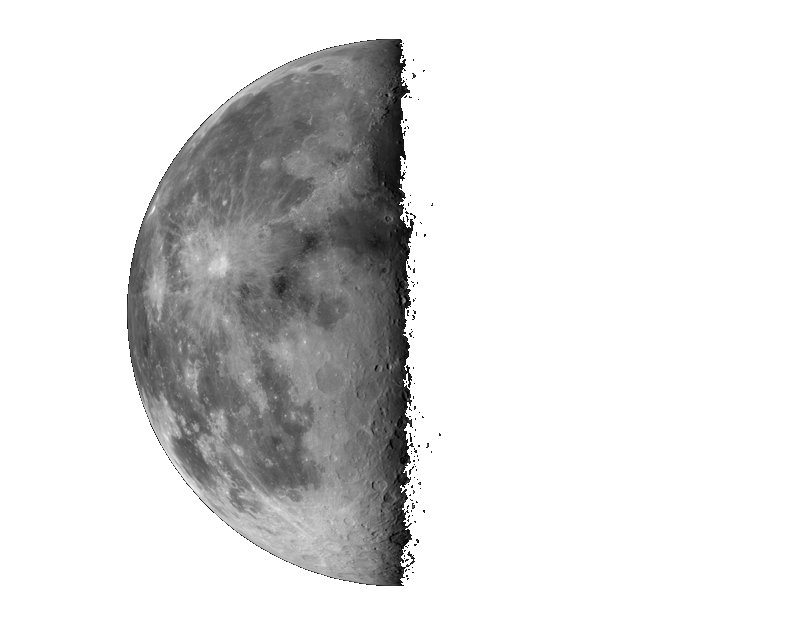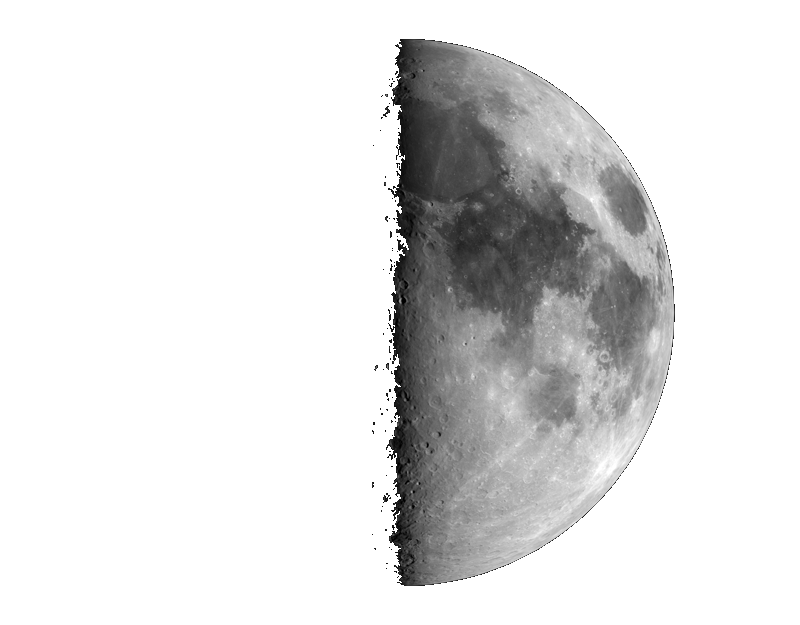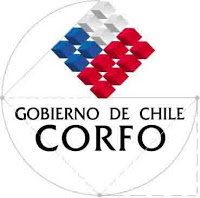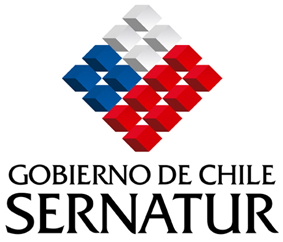Contact Us
- Address: Réservations par internet seulement
- Email: infoSPAMFILTER@spaceobs.com
- Phone: No telephone
- Cellphone: No telephone
- Website: www.spaceobs.com
Next moons
21-04-2025  | 27-04-2025  |
04-05-2025  | 12-05-2025  |
Sponsors


Published on Thursday 26 January 2006
There are currently several operating Near Earth Objects (NEOs) surveys. The goal is to perform a complete, or as complete as possible, inventory of Earth Crossing objects (asteroids and comets), in order to detect potentially hazardous objects a long time in advance. Such surveys will very likely find no objects which threatens us in the coming century, but in the very unlikely case where this would happen, would provide substantial time to undertake mitigation actions.
Some history :
The first Near Earth Object was discovered visually more than 100 years ago. All Near Earth Objects have been discovered by hotography first, then using CCD detectors.
Many groups are currently engaged in asteroids surveys, most of the efficient ones being funded by NASA. It is expected that in the future, these groups are going to improve their detections systems in order to reach smaller objects.
Survey efficiency :
It is interesting to study the efficiency of each system being used or planned in order to see where improvments can be made.
It seems relatively obvious that a survey system will be efficient if it uses a wide field of view, a very efficient detector, is able to observe many nights per month, while loosing as little time as possible not collecting photon (reading out the CCD detector for example). A commonly accepted figure of merit for a survey quoted many times in the litterature, is :FOM = W . D2 . DQE . Eff (1)Where :
W = Solid angle seen by the detector on the sky (in square degrees)
D2 = Square of the diameter of the telescope (in meters)
DQE = Detective Quantum Efficiency of the detector
Eff. = Observationnal efficiency of the detection (ratio of the time spent collecting photons versus total observing time)
Short preliminary discussion :
a = F2 . W (if the angle can be considered as small).It is therefore possible to rewrite formula 1 as :FOM = a . D2 . DQE . Eff / F2 = DQE . Eff . a / (F/D)2 (2)This clearly shows the importance of the focal ratio F/D of the telescope being used.
3 operating modes are possible using today's CCDs :
While formula 1 does not take exposure time and pixel size into account, it is interesting to compare the raw values of current existing systems. However, it worth noting that a large scale will usually produce relatively poor astrometry, and small limiting magnitudes. It will allow a very wide field to be surveyed. There is a clear compromise between the number of square degrees being covered and the quality of the measurements and the depth of the survey. While the completude of the current inventory is in the order of magnitude 17 reaching 18, it is possible to trade limiting magnitude for square degrees. In the future, this will not be possible anymore, in fact there will come a time when asteroid survey telescope will have to be large telescopes.
I have not pushed further yet the adequacy of the survey system to the current distribution of unknown asteroids, nor have I taken care to remove trailing losses effects while detecting fast moving objects.
Performances of currently existing NEO survey telescopes using a typical factor of merit :
| Name | Diameter (mm) | Focal length (mm) | Focal ratio | CCD size | Pixel size (um) | detector size (mm2) | Scale ("/pix) | Angle (square°) |
DQE (%) | mode | Eff. | Exp. time (sec.) | hourly coverage (square °) | Limit. Mag. | FOM |
| CSS | 680 | 1234 | 1 .8 | 4096x4096 | 15 | 62x62=3775 | 2.5 | 8.14 | 0.8 | stare | 0.75 | 60 | 366.2 | 20 | 2.25 |
| Mt Lemmon | 1500 | 3000 | 2 | 4096x4096 | 15 | 62x62=3775 | 1.03 | 1.38 | 0.8 | stare | 0.75 | 60 | 66.24 | 22 | 1.86 |
| SSS | 500 | 1750 | 3.5 | 4096x4096 | 15 | 62x62=3775 | 1.8 | 4.06 | 0.35 | stare | 0.75 | 60 | 183 | 20 | 0.26 |
| LONEOS | 590 | 1110 | 1.91 | 4096 x4096 | 13.5 | 55x55=3057 | 2.5 | 8.14 | 0.8 | stare | 0.6 | 45 | 390 | 19.3 | 1.36 |
| Spacewatch | 946 | 3000 | 3.17 | 4x2048x4608 | 13.5 | 4x27x62=6878 | 1 | 2.9 | 0.8 | stare | 0.5 | 120 | 43.5 | 21.7 | 0.22 |
| NEAT | 1200 | 3150 | 2.5 | 112x600x2400 | 13 | 27256 | 0.85 | 9 | 0.8 | stare | 0.57 | 60 | 308 | 21 | 6.41 |
| LINEAR | 1000 | 2200 | 2.2 | 2560x1960 | 24 | 47x61=2890 | 2.25 | 1.96 | 0.8 | stare | 1.00 | 6 | 1200 | 19 | 1.32 |
For any comments or modifications, please send me an email.
21-04-2025  | 27-04-2025  |
04-05-2025  | 12-05-2025  |

